Description
ETA: November 2025
Price may be subject to currency fluctuations - you have the right to cancel if it changes more than £5 in either direction.
Important
This item uses Train Trax's website pre-order function. For simplicity of processing, each product will need to be placed on a seperate pre-order as they will probably arrive at different times. If more than one pre-order does arrive at a similar time then it will be possible to combine shipping charges.
Add to your basket as normal. You can then choose to provide card details to be held securely by the preferred payment provider 'Stripe' ready for when the item arrives. You will not be charged until despatch.
If you don't want to provide card details up-front, please choose 'Pay Later'. This just enables me to receive details of your order and no payment needs to be made at this time. You will receive an acknowledgment of your order. I will send an invoice when your order is passing through UK Customs, you can then pay the invoice online using any card or BACS.
You may see the item marked in stock on my website, this merely indicates I have pre-ordered sufficient stock to fulfil your order.
Non UK Customers: UK VAT will be automatically deducted from your invoice, you will however be liable for any taxes in your country.
Click for more information about pre-orders.
●In the late 1960s, the train that reached the peak of the steam locomotive boom was the express train "Niseko" connecting Hakodate and Sapporo. The express train "Niseko", which appeared in the nationwide blank timetable revision in October 1968 (Showa 43), called "Yonsanto", ran on the Hakodate Main Line from Hakodate to Otaru, Sapporo, and Asahikawa via Oshamanbe, and supported the large flow of people and logistics such as mail and small packages between Honshu and Hokkaido via the Seikan Ferry. In particular, on the Hakodate Main Line between Otaru and Oshamanbe, commonly known as the "Yama Line", the sight of a large steam locomotive C62 running in double-units with an auxiliary engine attached to the front is a legendary tale that marks the peak of the steam locomotive boom.
After the farewell triple-unit C62 on September 15, 1971, the operation was carried out with a double-unit DD51.
Main Features
② The Suha 45 series passenger cars, designed for extreme cold regions in Hokkaido, feature a distinctive gear-type axle generator on the bogie, and the underfloor equipment also recreates the large battery box that is standard for cars in northern regions.
③ The Slo 62 recreates the 500 series for Hokkaido.
④ The Oyu 10, which is connected to the up train, is a non-air-conditioned car. It recreates the deep round roof without an air conditioner.
⑤ The baggage car Mani 36, which is connected to the down train, recreates the round roof specification based on the Suha 32 series.
⑥ The baggage car Mani 60 recreates the specification based on the Ohani 61.
⑦ The Suyu 13 and Slo 62 have the ventilators on the roof recreated as separate parts.
⑧ The set cases are 7-car types for both the basic and additional cars. Each can store one locomotive.




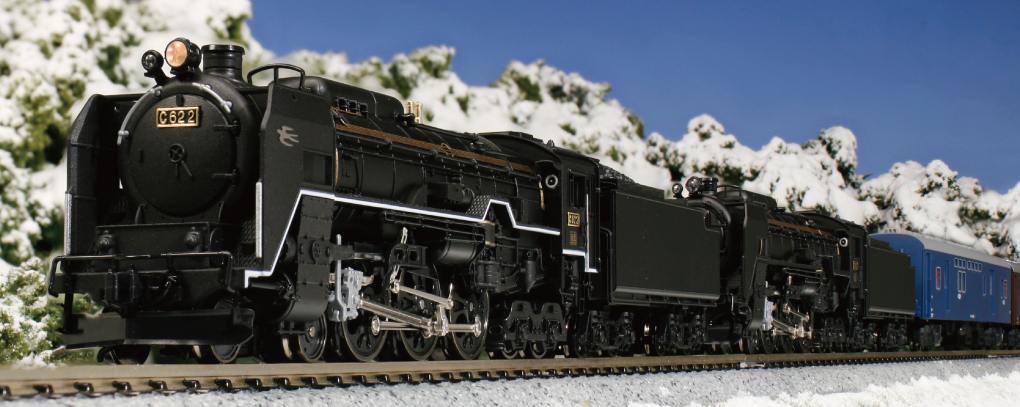









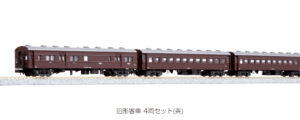
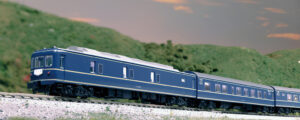
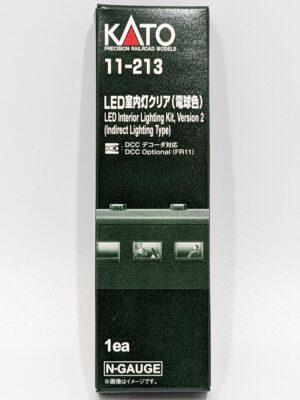

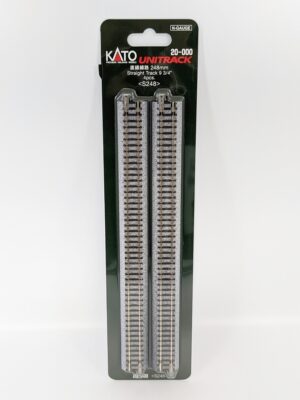
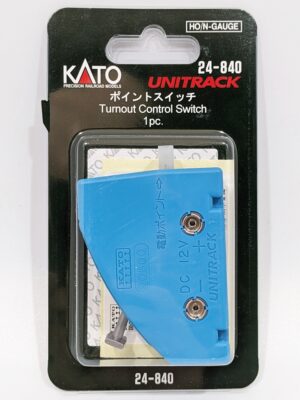
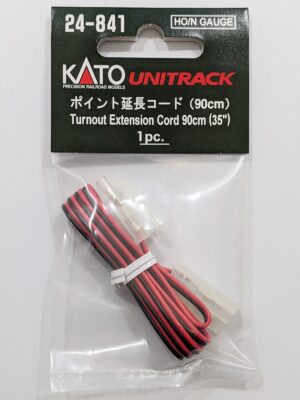



Reviews
There are no reviews yet.